I’m really excited to be starting a brand-new project—building Bernard Tekippe’s Simple Regulator. Designed in the late 1990s, Tekippe’s goal was to create a highly accurate precision clock. What makes this one really stand out is its escapement: unlike traditional clocks where the pallets are mounted on an arbor connected to the crutch, in this design the pallets are mounted directly to the pendulum. That means the escape wheel impulses the pendulum directly, which minimises disturbances and helps improve timekeeping accuracy. His idea was to improve accuracy by counteracting circular error with escapement error to effectively negate both. It’s an unusual setup and part of what makes this clock so fascinating to build.
The main article for the Tekippe Regulator was written in the NAWCC Watch & Clock Bulletin April 2010 and can be found here: Regulator-385_131.pdf
The Tekippe Regulator at the 2010 York Clock Convention
The images below showcase a fascinating sequence from the 2010 York Clock Convention in the USA, where the Tekippe Regulator was proudly presented. This event brought together horology enthusiasts, collectors, and precision clockmakers, offering a rare glimpse into the craftsmanship behind some high quality timepieces. Among the standout exhibits was the Tekippe clock, a masterpiece of engineering and elegance, drawing considerable attention for its innovative design and excellent mechanical performance.
The Tekippe Regulator shown here represents the an excellent example of precision clockmaking. Each photo captures a unique aspect of this exceptional Tekippe clock, from its finely crafted casework to the meticulous details of its movement.
Stay tuned as we explore more about the development, design philosophy, and performance of the Tekippe clock in the sections below.
Original Tekippe Regulator Sketches
Alongside the photographs from the 2010 York Clock Convention, a set of hand-drawn sketches was also captured directly from one of Tekippe’s original clocks. These rare and detailed drawings provide valuable insight into the internal workings and design principles of the Tekippe Regulator.
The original sketches, shown below, offer a direct connection to the early development of the Tekippe clock. They reflect the precision and thoughtfulness that went into every component of this remarkable timepiece. For clockmakers, hobbyists, or anyone interested in building their own version of the Tekippe Regulator, these illustrations are an invaluable reference.
If anyone with the technical drawing skills is willing to help update or digitise these sketches, it would be a huge support to the horological community. Refined, clear diagrams would make it much easier for others to understand the design and potentially recreate the Tekippe clock themselves.
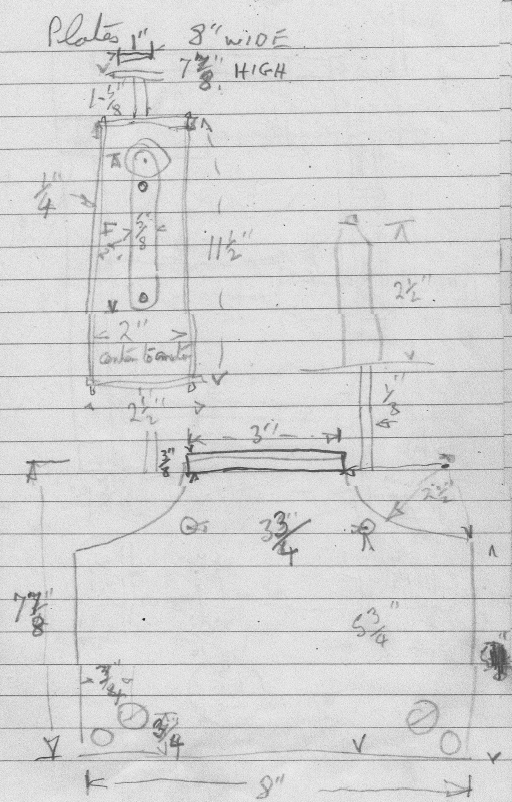


one of one of Lost Tekippe Regulator Audio Recovered with AI
One of my most exciting discoveries whilst researching the Tekippe Regulator came from an unexpected source. During Bernard Tekippe’s 2010 presentation in York, a visiting UK clockmaker recorded the event using a handheld audio device placed on the podium. Unfortunately, the original recording was almost inaudible due to background noise and low recording quality — and for many years, it was considered a lost piece of horological history.
Now, thanks to advances in AI audio restoration, that recording has been brought back to life. Background noise has been removed, and Bernard Tekippe’s voice has been enhanced to make his words intelligible for the first time in over a decade. While the voice you hear may not sound exactly like Tekippe — having been subtly adjusted to denoise and clarify the audio — the content and spirit of his message are faithfully preserved.
It’s truly astonishing that this lost audio from one of the original Tekippe clock presentation has been recovered and is now available for others to hear. This valuable recording provides rare insight directly from the creator himself, offering context, design intent, and commentary on the inner workings of the Tekippe Regulator.
2010 York USA Regulator Clock Presentation
Tekippe Regulator Dimensions and Escapement Details
In addition to the original sketches, Bernie generously provided further dimensions related to the Tekippe Regulator, including key measurements of the overall frame and escapement layout. These added details are essential for anyone attempting to reproduce or study the Tekippe clock, offering precise guidance on dimensions and mechanical layout.

External Resources and CAD Files for the Tekippe Regulator
I first discovered the Tekippe Regulator while sharing updates on my Tower Clock build on the NAWCC forums. What I stumbled upon was a treasure trove of horological insight — a dedicated thread that tracks the development, refinement, and growing interest around this exceptional clock. It includes valuable technical discussions and performance data from genuine Tekippe clocks, all of which helped spark my own journey into this build.
👉 Read the original Tekippe Regulator thread on the NAWCC forum:
https://mb.nawcc.org/threads/tekippe-precision-regulator.151280
A huge part of what made this build possible for me has been the support and expertise of Steve, who is truly the brains behind the CAD side of this project. Over several years, Steve has painstakingly recreated the Tekippe clock in 3D using SolidWorks, producing detailed CAD files for all parts and assemblies. These files have been absolutely invaluable in my own build.
Steve has been incredibly generous with his knowledge and continues to support and promote the Tekippe Regulator project. If you’re considering building your own or are just interested in exploring the design in depth, I highly recommend reaching out to him.
🔗 Visit Steve’s website for more details and contact info:
https://www.etimer.net/
(You’ll find his email at the top left of each page.)
The Tekippe Regulator is more than just a clock — it’s a growing collaborative effort that blends precision, tradition, and innovation. These resources are a fantastic place to start if you’re interested in becoming part of that journey.
Introduction to the Tekippe Regulator Build Series
In this video, I introduce the Tekippe Regulator project, offering a glimpse into the background of Bernard Tekippe’s unique design and laying the foundation for what’s to come in the build series. The Tekippe clock stands apart for its mechanical elegance, carefully thought-out proportions, and the precision engineering that defines it as a true horological masterpiece.
Whether you’re passionate about horology, interested in machining, or simply fascinated by the art of mechanical timekeeping, you’re in the right place. This project is more than just a build — it’s a deep dive into the legacy of the Tekippe Regulator, blending tradition with modern techniques and tools.
Be sure to hit subscribe and follow along as we bring the Tekippe clock to life piece by piece. There’s plenty of technical insight, hands-on problem solving, and detailed craftsmanship ahead!
Welcome to Part 2 of my precision clock build series, where I’m constructing the Tekippe Regulator, a high-accuracy, weight-driven pendulum clock.
In this episode, I focus on machining and fitting the pendulum mounting bracket—a crucial support structure that will hold the pendulum perfectly aligned and stable. Precision is everything in a regulator clock, and this stage of the build sets the foundation for accurate timekeeping.
Part 3: Cutting the First Wheel for the Tekippe Regulator
In Part 3 of my Tekippe Regulator build, I’ve made the exciting decision to move forward with cutting the clock wheels — a key milestone in constructing this precision timepiece.
I began with the half-hour wheel, which is made from slightly thinner 2mm brass. According to the original plans shared by Bernard Tekippe, this particular wheel measures 5 inches in diameter and features 240 teeth. From this, the module calculates as:
Module = 127 ÷ 240 = 0.529
Since I didn’t have a 0.529 module cutter available, I’ve opted to use the closest one I had on hand — module 0.55 — and paired it with a matching 8-leaf pinion. This slight adjustment is within an acceptable tolerance and should still maintain the integrity and function of the Tekippe clock’s gear train.
In this video, I go ahead with cutting the first of the large wheels, walking through the process and sharing a few thoughts on setup, tooling, and how to ensure clean, accurate tooth profiles. Each wheel in the Tekippe Regulator plays a vital role in maintaining precise timekeeping, so careful planning and setup at this stage are essential.
If you’re following along with your own build or just enjoy the craft of fine clockmaking, this part of the project is where theory begins to meet motion.

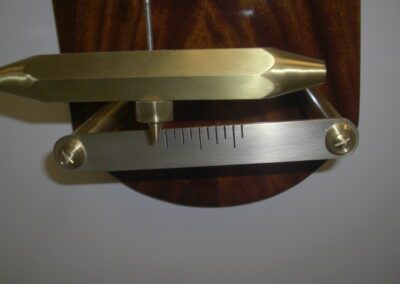
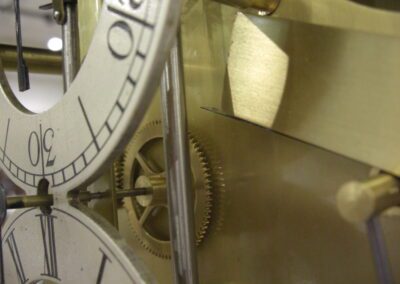
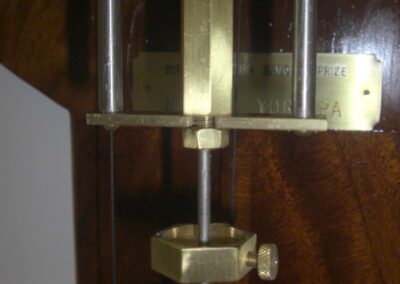
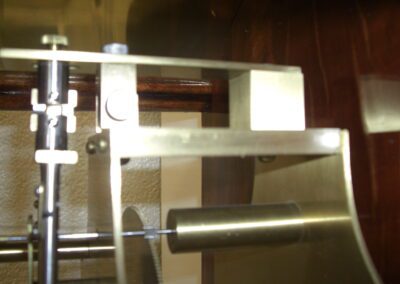

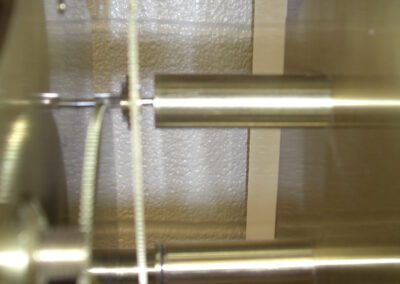
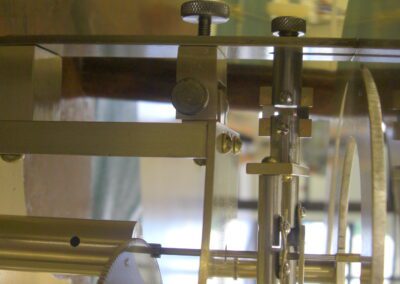
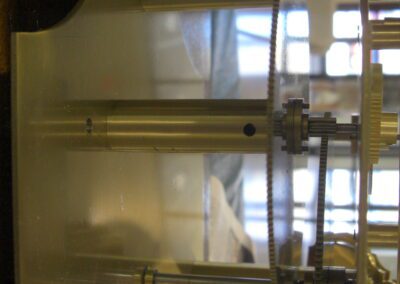
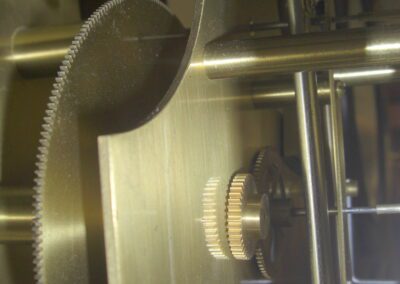
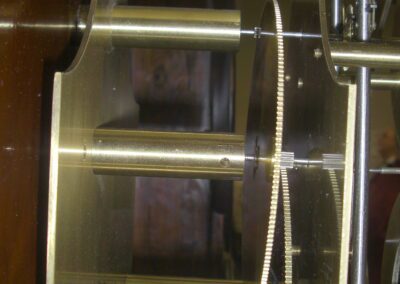
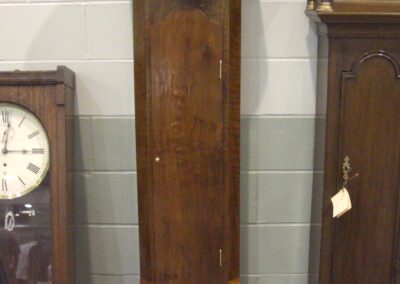
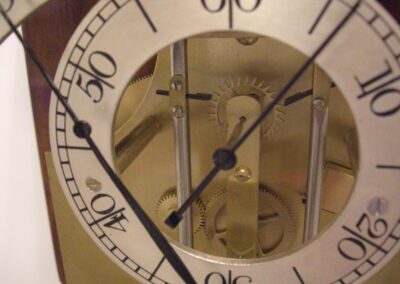
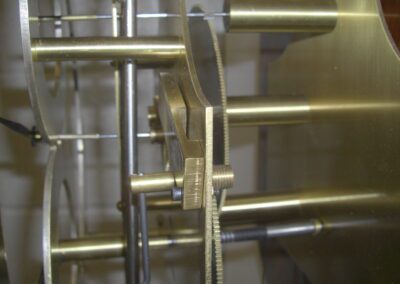
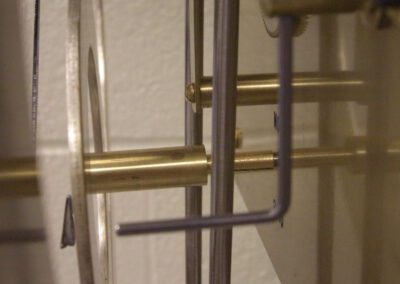
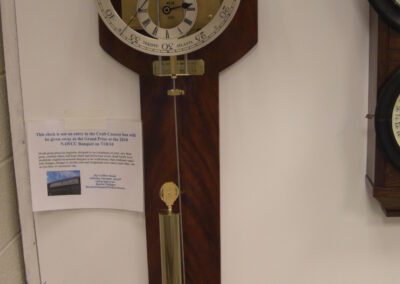


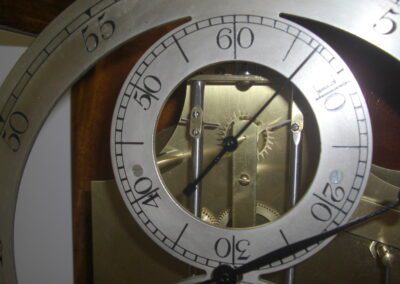
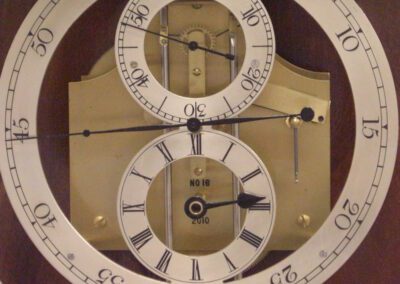
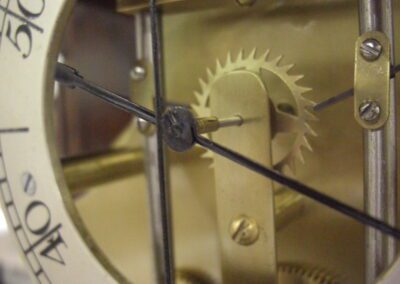
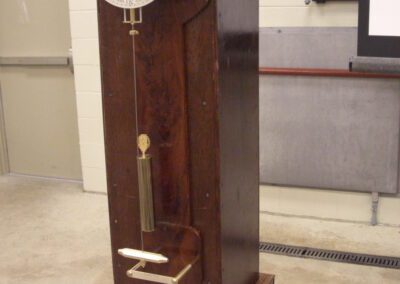
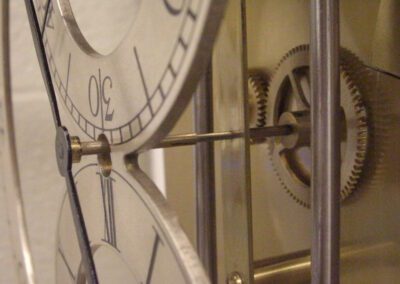
Hi,
This is new to me and seems a great idea….are further construction details and dimensions available anywhere….I have only managed to find a pdf from NAWCC news so far?
Hi Peter, there are some great drawings and 3D models produced by Steve over on the NAWCC. If Steve decides to host them himself, I`ll post a link to them on this page at the top of the post somewhere. I`ll speak to Steve in the coming days and see what his plans are.
Chris
Hi, That’s interesting but probably explains why I could not find anything so look forward to seeing more info.
Made a JW regulator which runs quite well but needs finishing, always been interested in regulators but learned more thanks to the interweb and this is another interesting variation.
Peter
Hello have you got the plans for this please? I saw Bernie at a conference and was impressed with the concept. I’d be keen on seeing more details.